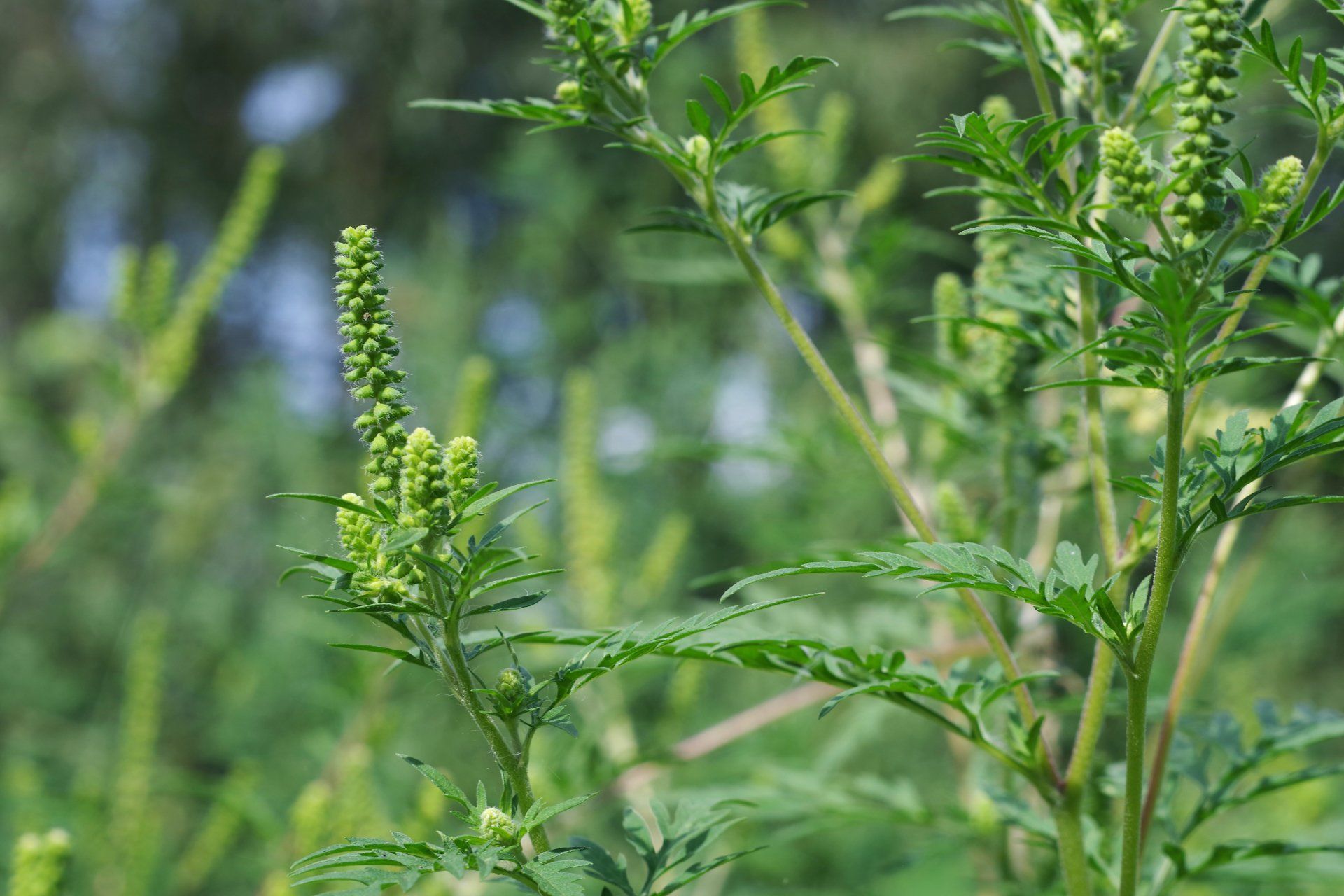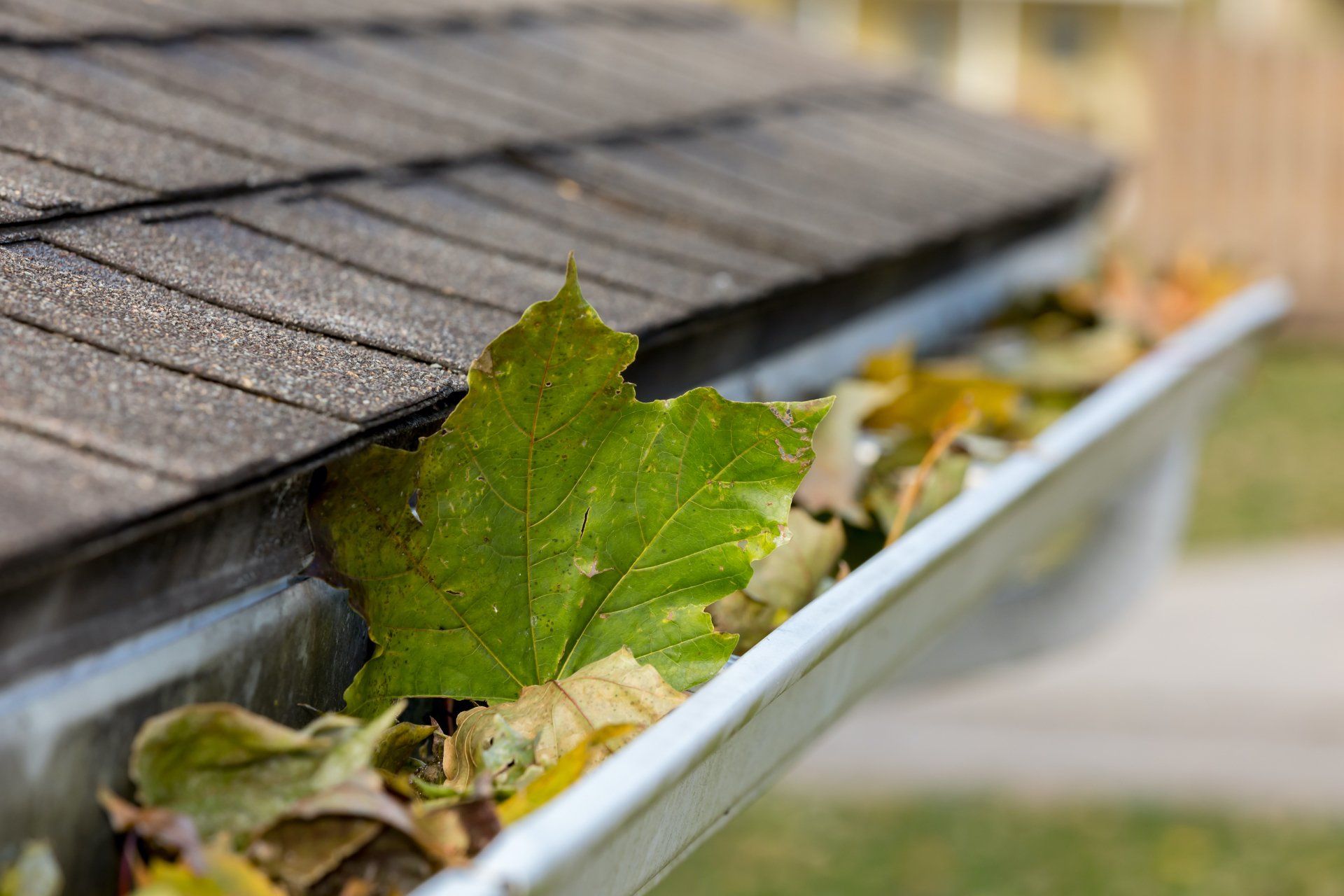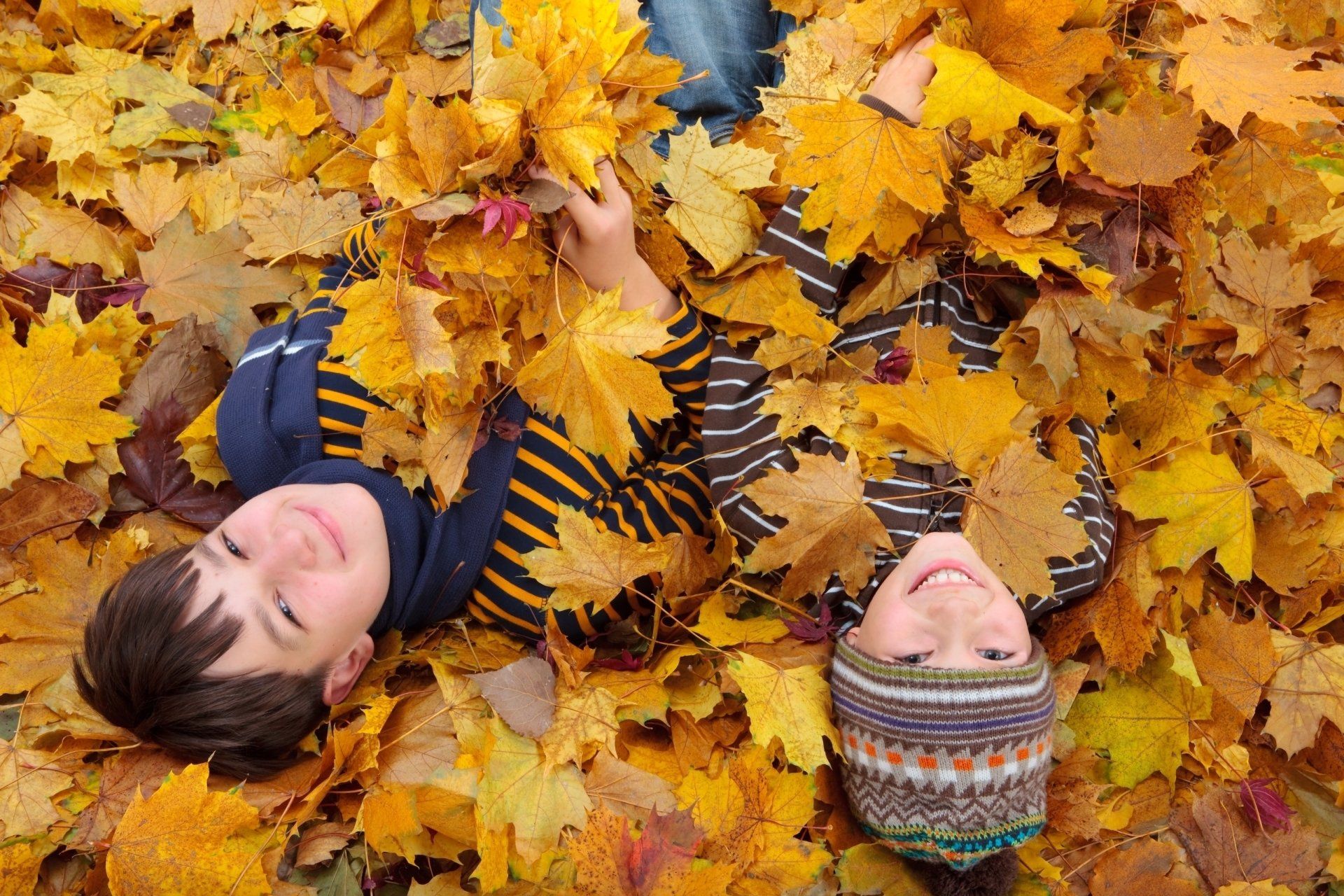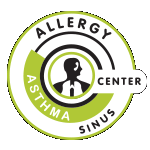Fall Allergies
Fight Back Against Fall Allergies
Fall reveals beautiful colors, brings milder temperatures, and announces the start of back-to-school activities. It’s also one of the worst seasons for allergies. The two main culprits: ragweed and mold. But you don’t have to be caught unaware or unprepared. By knowing what's triggering your reactions, you can fight back.
Ragweed
Ragweed grows across most of the continental United States and is the cause of allergic rhinitis, also known as fall hay fever. This seasonal arsenal typically begins spreading pollen in mid-August, with pollen levels peaking in mid-September and dying down after the first hard frost. One ragweed plant can produce one billion grains of pollen a day, which can travel for more than 100 miles away from its source. Other weeds, such as plantain, lamb’s quarter, kochia, and mug wort, may trigger allergy symptoms, but ragweed seems to be the main bruiser.
Mold
The second member of the fall allergy tag team is mold. Mold settles in and spreads in bathrooms, basements and kitchens and outside in fallen leaves, mowed grass and creek banks. Exposure to mold increases whenever its spores are disturbed and then inhaled. A favorite fall pastime, raking and jumping into fallen leaves, is the perfect activity for increased mold exposure.
Signs of Fall Allergies
Fall allergy symptoms include but are not limited to:
- a runny, stuffy and/or itchy nose
- sneezing
- itchy, red eyes
- coughing or wheezing
- headaches
- fatigue
- Oral Allergy Syndrome (OAS)
While these symptoms may not seem too debilitating or overwhelming at a glance, they can be quite detrimental to your quality of life. Daily headaches or trouble breathing can affect your concentration at work or school. Coughing, sneezing or wheezing can halt a workout, dinner conversation or social activities. Over-the-counter medicines may provide temporary relief, but they treat only the symptoms, not the cause, and the unwanted side effects are often worse than the allergy symptoms they’re meant to relieve. Also, allergy season is getting longer due to several environmental factors, so your allergic reactions may persist for three months or longer.
What can you do about fall allergies?
First, know your enemy. By seeing a board-certified allergist for a skin test, you can be confident that your allergic symptoms are caused by fall allergens and not by a new pet or a perennial allergen.
Second, discuss with your allergy specialist the treatment plan that’s right for you. Based on your skin test, you can determine what offensive tactic will work best. It might be that you start immunotherapy, which is the closest thing to a cure, and the sooner you start, the stronger you’ll be when allergy season hits.
How do allergy shots work?
Allergic reactions are caused by a hyperactive immune system response to certain triggers. In the fall, those triggers are weeds and mold. Based on the results of your skin test, your allergy shots will contain extracts of the specific allergens, like ragweed, that cause your reactions. The shots become more concentrated as you progress through your treatment schedule, gradually building up your immunity to those allergens, essentially re-training your immune system not to react.
Take that first step! Make an appointment today and give fall allergies a knock-out punch.





